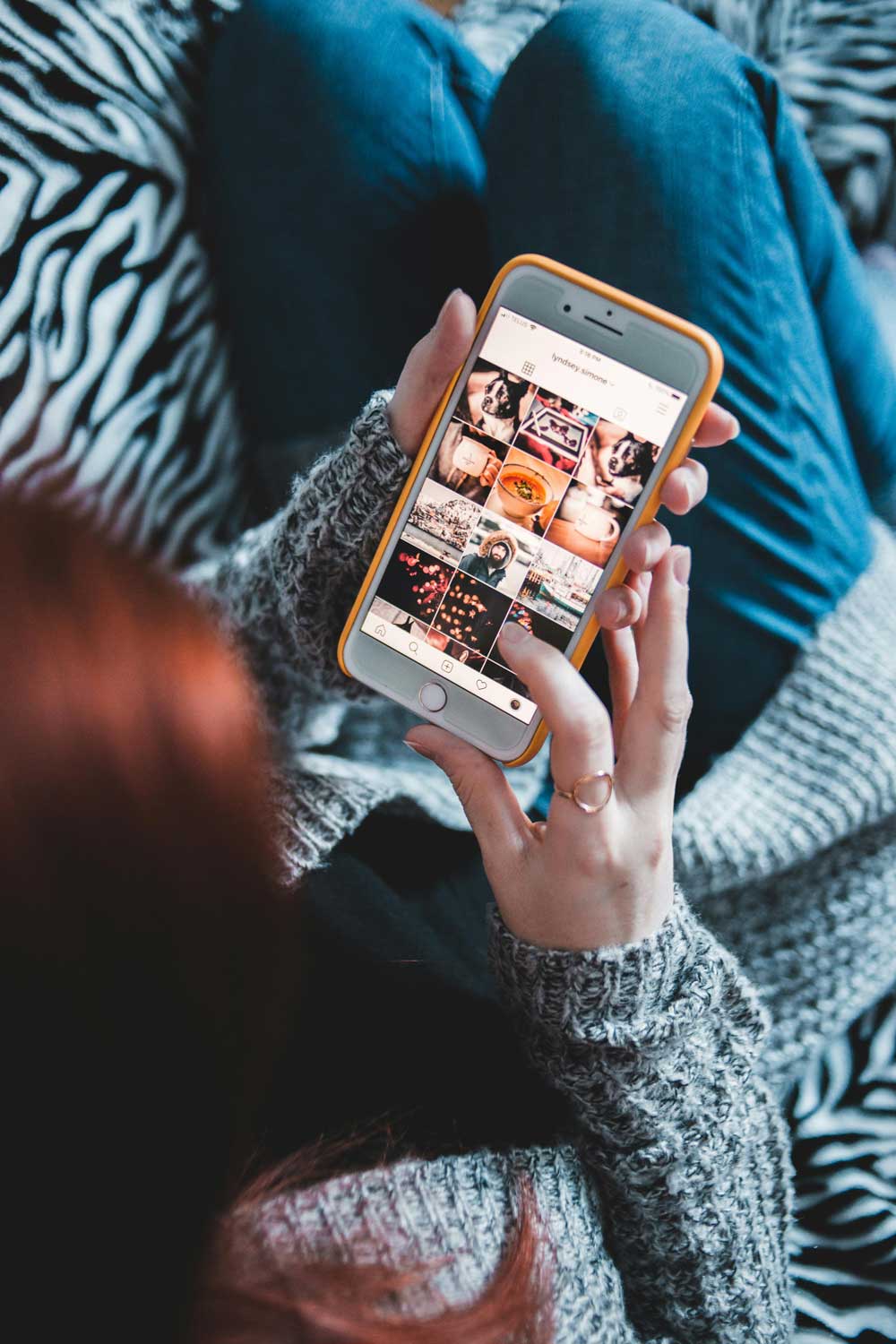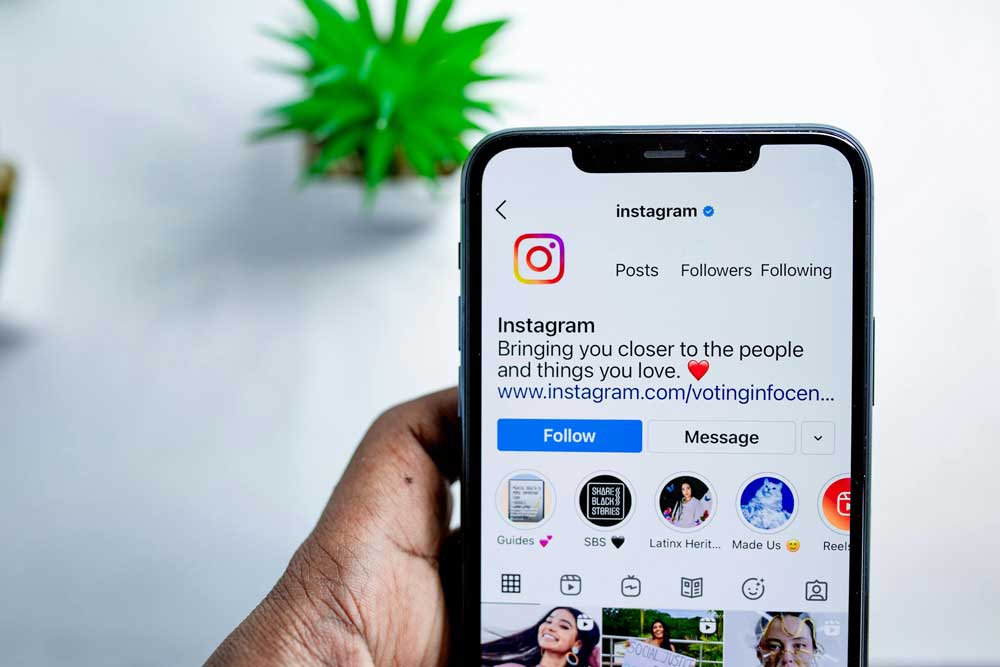In today’s hyper-connected world, the internet has become an integral part of our daily lives, influencing how we work, socialise, and perceive ourselves. While technology brings immense benefits, the pressure to stay constantly engaged online has led to rising levels of digital anxiety and stress.

The Pressure to Keep Up
A recent LinkedIn study revealed that 74 per cent of respondents feel pressured to look a certain way or achieve a particular lifestyle based on the content they see on Instagram. This curated portrayal of perfection fosters a culture of comparison, leaving many feeling inadequate or dissatisfied with their own lives. While we are aware that social media often presents an idealized version of reality, the emotional toll of constantly seeing seemingly perfect lives play out on our feeds is undeniable.
The Cost of Constant Connectivity
Beyond social media, the need to be perpetually connected has contributed to heightened stress and anxiety levels. Whether it’s responding to work emails at odd hours, keeping up with WhatsApp notifications, or feeling obligated to post updates, the digital world offers little room for pause. This always-on culture has blurred the lines between personal and professional life, making it harder to disconnect and truly unwind.
The Trap of ‘Continuous Partial Attention’
While technology enhances productivity, it also comes with its own set of challenges. The overwhelming influx of emails, messages, and notifications has led to a phenomenon known as continuous partial attention, where individuals struggle to focus entirely on one task. This divided attention not only hampers efficiency but also contributes to cognitive overload, leaving people mentally exhausted and less productive.

Managing Digital Anxiety: Simple Exercises to Regain Control
If you’re feeling overwhelmed by the digital world, here are a few expert-backed strategies to help you regain balance:
Practice Mindful Scrolling: Before opening an app, ask yourself why you’re doing it. Are you seeking information, connection, or just scrolling out of habit? Setting an intention can help you use social media more mindfully.
Set Boundaries with Notifications: Constant pings from apps can disrupt focus and increase stress. Try turning off non-essential notifications or setting specific times to check emails and messages.
Schedule Digital Detox Periods: Allocate screen-free time each day, such as during meals or before bed. Even short breaks from screens can help reduce anxiety and improve overall well-being.
Limit Social Media Exposure: Follow accounts that add value to your life and unfollow those that contribute to feelings of inadequacy or comparison. Remember, social media should be a tool for inspiration, not stress.
Engage in Offline Activities: Counterbalance screen time with offline hobbies like reading, exercise, or spending time with loved ones. Engaging in real-world activities can boost mental clarity and emotional well-being.
The Psychological Toll of Digital Overload
According to clinical psychologists, excessive screen time and social media comparison can contribute to increased anxiety, decreased self-esteem, and disrupted sleep patterns. Technology should serve us, not control us. The key is to create a healthy relationship with digital platforms while maintaining real-life connections.

Finding Balance in a Digital World
The internet isn’t going anywhere, but how we engage with it is within our control. By setting boundaries, practicing mindful consumption, and prioritising offline interactions, we can mitigate the effects of internet burnout and reclaim our mental well-being. The goal isn’t to eliminate technology but to use it in a way that enriches rather than overwhelms our lives.